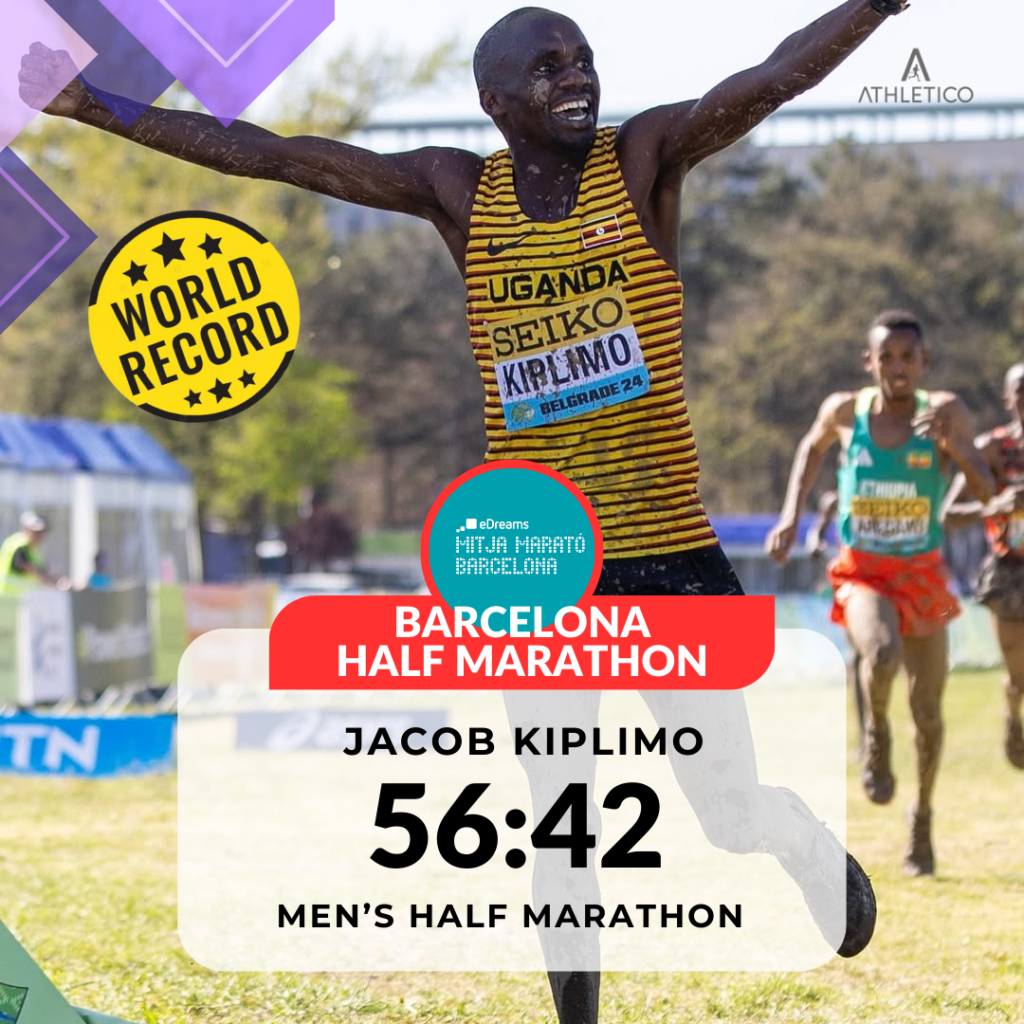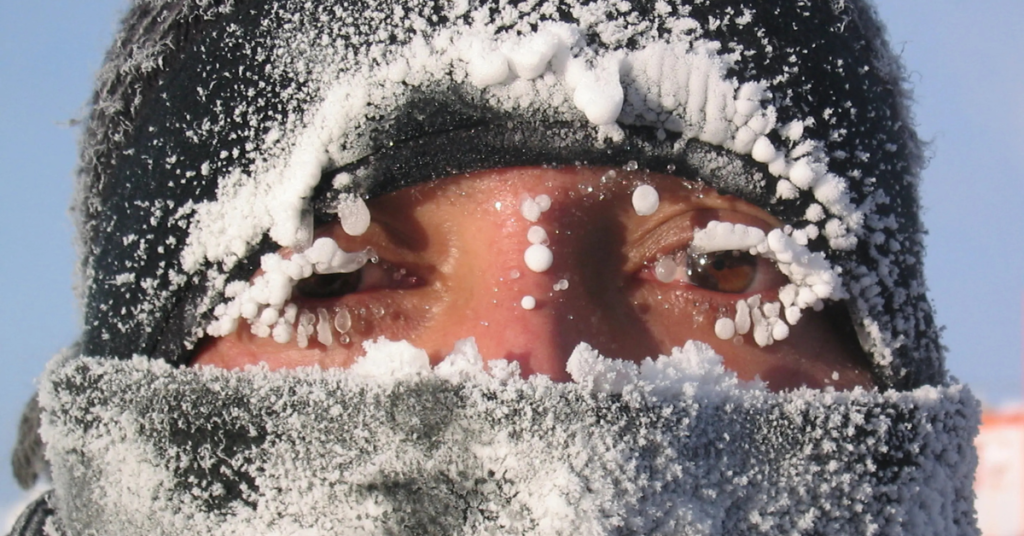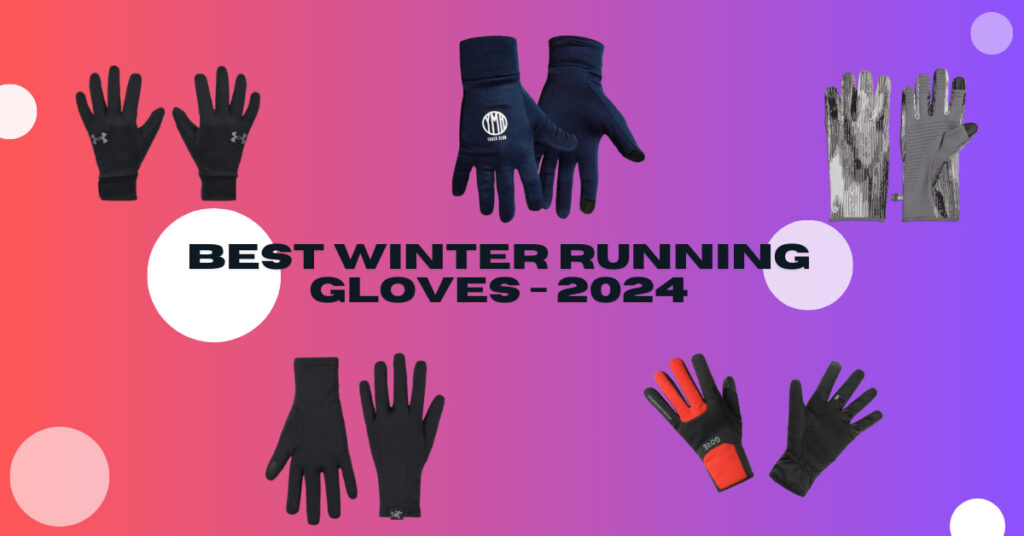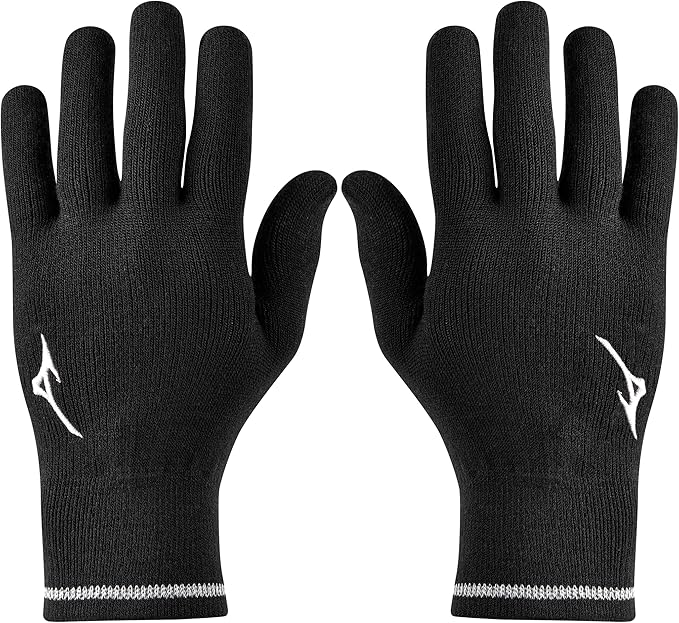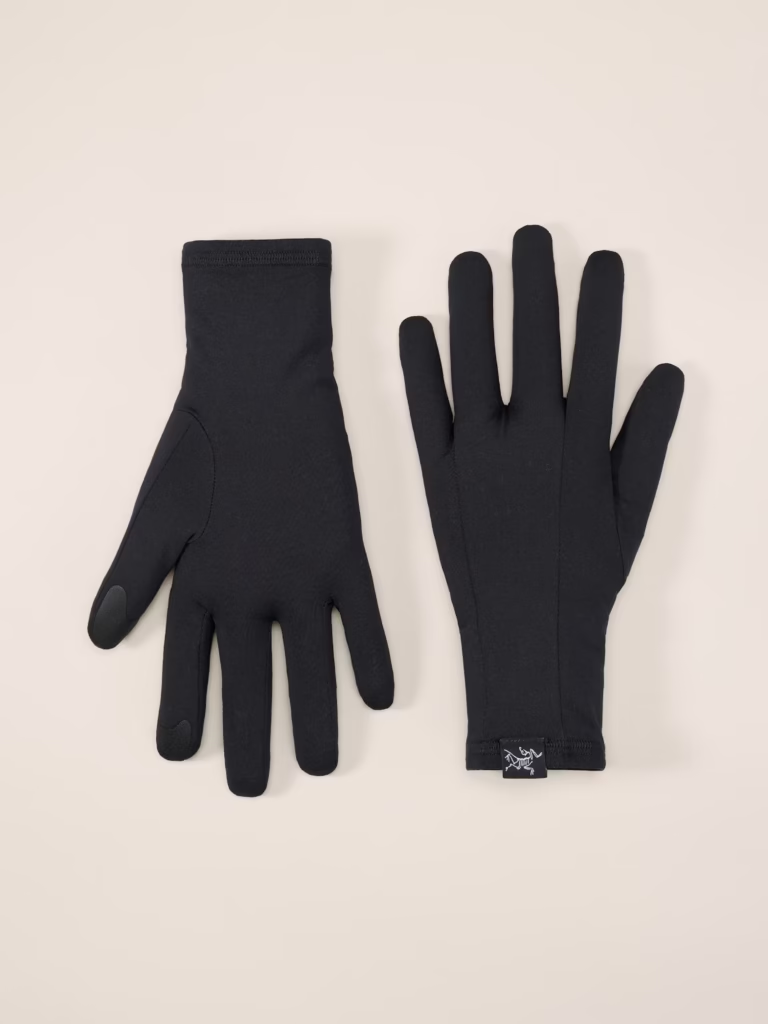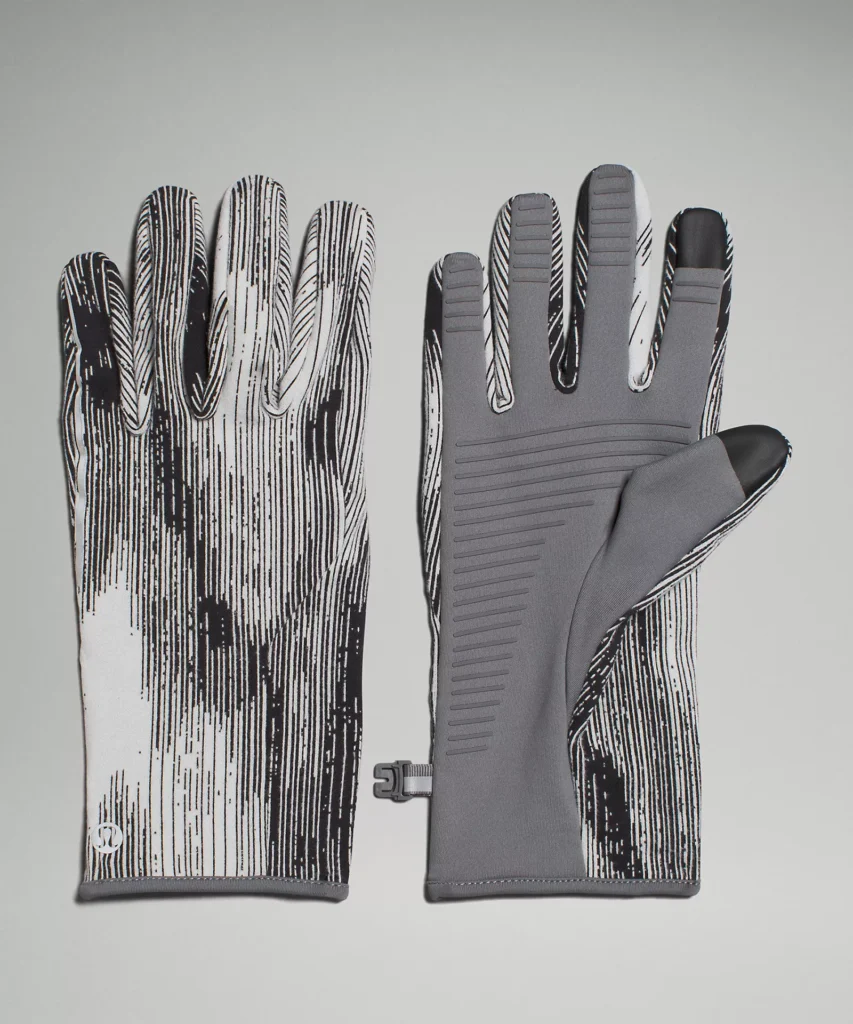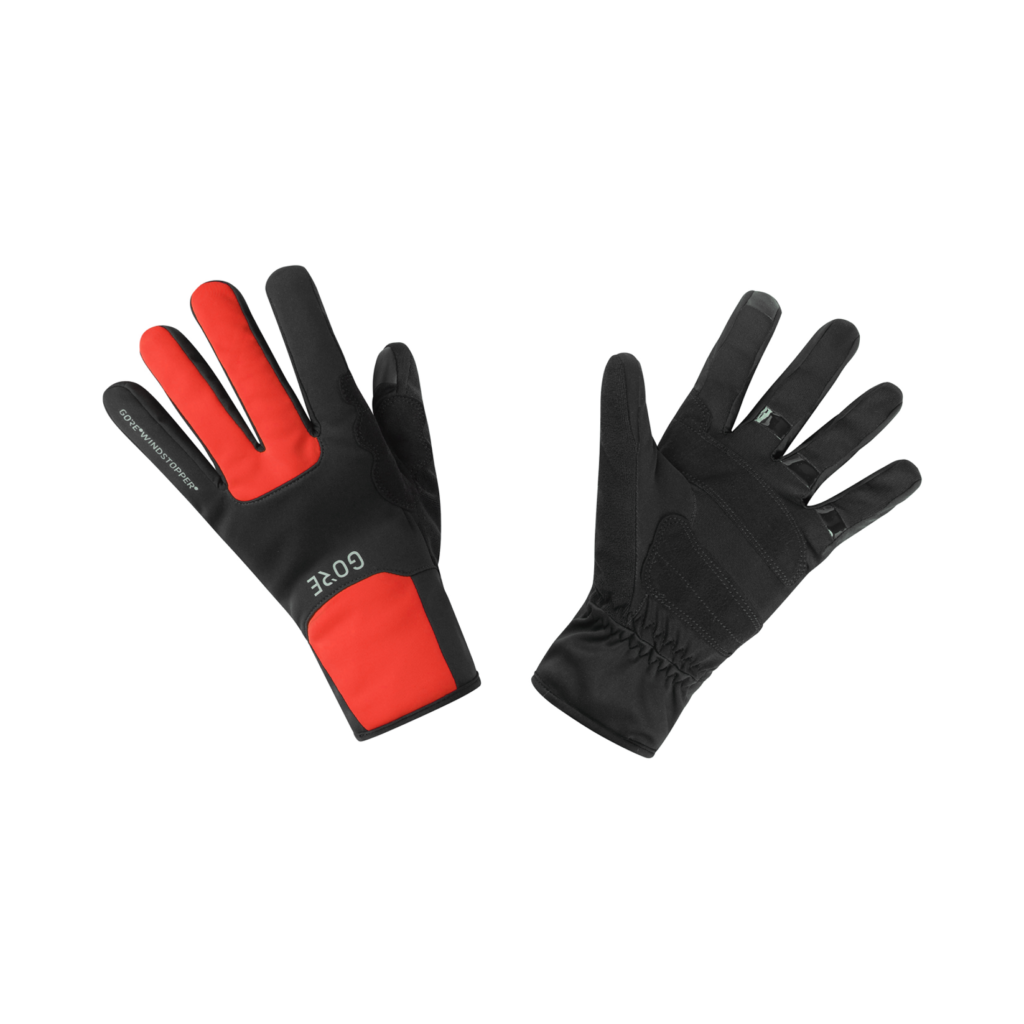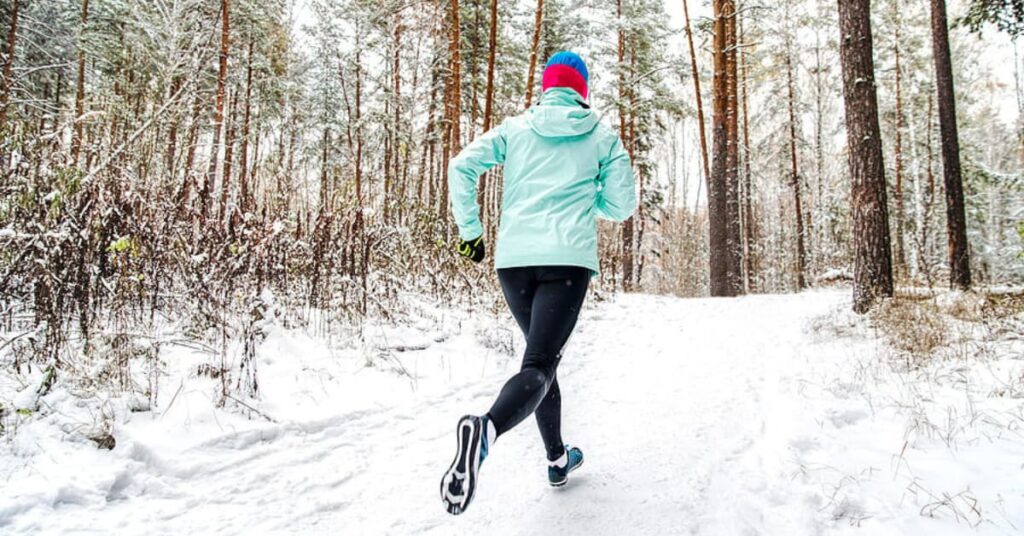Brighton Half Marathon Criticized for Reusing Water Cups
The Brighton Half Marathon has come under scrutiny after organizers admitted to reusing water cups at a hydration station due to an unexpected shortage. This decision sparked backlash from runners and raised concerns about hygiene, safety, and sustainability in race events.
Organizers acknowledged the lapse in judgment, stating, “Towards the end of the race, one of our water stations ran out of paper cups for a short period of time, and under pressure made an error of judgment to wash and reuse cups to meet demand from runners for water.“

Health experts assessed the potential risks associated with this practice. Virologist Sarah Pitt noted that while the likelihood of transmitting infections was “very low,” primarily limited to minor ailments like colds, the notion of drinking from a previously used cup is understandably unappealing.
This incident has sparked discussions about sustainable practices in marathon events. Some races have proactively adopted eco-friendly measures to reduce waste without compromising hygiene. For instance, the Harrow Half Marathon in London eliminated single-use plastic cups and bottles, offering runners biodegradable seaweed-based pods called Oohos for hydration. Similarly, the La Jolla Half Marathon in California partnered with HydraPak® and WaterMonster to provide runners with reusable SpeedCups™, effectively diverting an estimated 50,000 disposable cups from landfills.
In Europe, cities like Paris have taken legislative steps to promote sustainability in sporting events. Starting October 2024, Paris banned single-use plastic bottles in races, requiring organizers to utilize reusable water bottles and cups. The city invested in a stockpile of 100,000 reusable cups to support this initiative, aligning with its goal of achieving “zero single-use plastic” for the 2024 Olympic and Paralympic Games.
The Brighton Half Marathon incident underscores the challenges event organizers face in balancing sustainability efforts with participant safety and satisfaction. It highlights the need for meticulous planning and the implementation of sustainable practices that do not compromise hygiene standards, ensuring that environmental initiatives are both effective and acceptable to participants.
Brighton Half Marathon Criticized for Reusing Water Cups Read More »







